Author and collector Beth Bernstein’s new book shares the joys of pieces from the past, offering advice on how to find, wear and appreciate them.
In the late 1990s, Beth Bernstein worked for a well-known antique dealer on New York’s Madison Avenue who specialized in early period jewelry.
“Her safe was like a museum, and she would hand me books to take home and read to learn more, while I also learned from her, hands on. I met so many wonderful dealers through her,” recalls Bernstein, who has since written an extensive list of jewelry works herself. Among her books are a volume on celebrity jewels throughout the 20th century, another on emerging independent designers, and a memoir that traces jewelry’s connection to the moments in her own life.
Her latest book is The Modern Guide to Antique Jewellery, a comprehensive compendium on collecting and enjoying these well-aged pieces. Beginning with advice on how to determine which antique jewels best suit one’s style, and ending with how to wear, care for and buy the pieces that do, Bernstein’s newest offering draws on her more than 25 years of experience in the field.
“As I continued to collect and then build a clientele of antique jewelry of my own — finding and selling pieces from the time periods covered in this book — I began writing articles on the subject and was asked to be on panel discussions [and] give guided tours through centuries of jewelry at antique shows,” she tells Rapaport Magazine. “And through it all, I continued to learn more.”
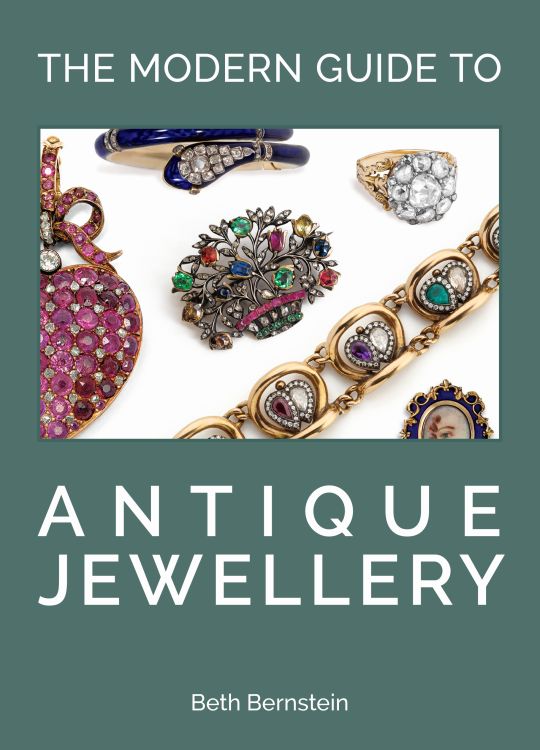
Dealers’ voices
Along with photos of beautiful jewelry, the book features anecdotes about the provenance of prized examples, as well as expert information from an array of “top-notch” dealers Bernstein knows — independent sellers and high-end stores both in America and abroad. They “truly love what they do,” she says, and “still get a thrill from finding a rare piece — and also from knowing they sold a piece to a person who would love, wear and take great pleasure in owning it.”
Rather than just her own voice, she explains, she wanted to include these dealers’ “different bits of knowledge and sometimes different takes on how they view certain periods and pieces.” Hearing varying opinions makes the book “more interactive,” she feels, and without them, “part of the story I wanted to tell would have been missing.”
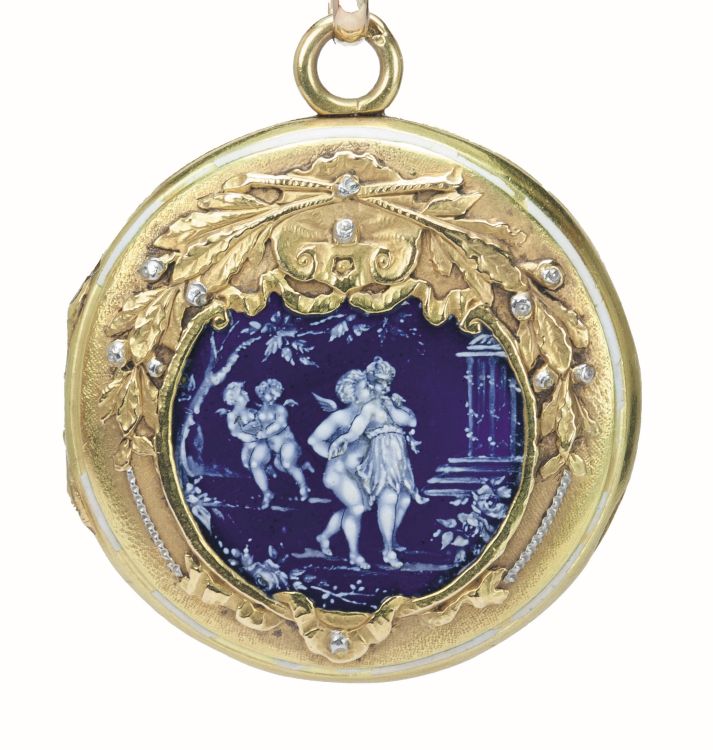
Through history and beyond
Bernstein writes about her subject in a conversational rather than a scholarly tone, covering topics she describes as ranging “from defining your collecting style to how to wear a 100-year-old ring without looking dated, [and] how to mix antique and modern jewelry.”
While the chapters are arranged chronologically, “if something crosses two time periods, for example, I felt it deserved its own chapter.” And although the book doesn’t include every style from a given era, it offers a brief overview of each period’s history. “You can zoom in on any chapter at any time and read about just one time period, if that is your interest, and gain enough insight into the most popular and rare…treasures from that era.”
Like a guidebook, she says, it depicts “the most popular styles of each period that can still be found today,” as well as “how to shop an antique show [or at] flea markets, how to shop online, and how to shop at auction.”
Bernstein’s intended audience is a broad one. She hopes the book will reach “everyone who loves, collects, follows, wants to learn about or buy antique jewelry from the Georgian through early Art Deco periods.”
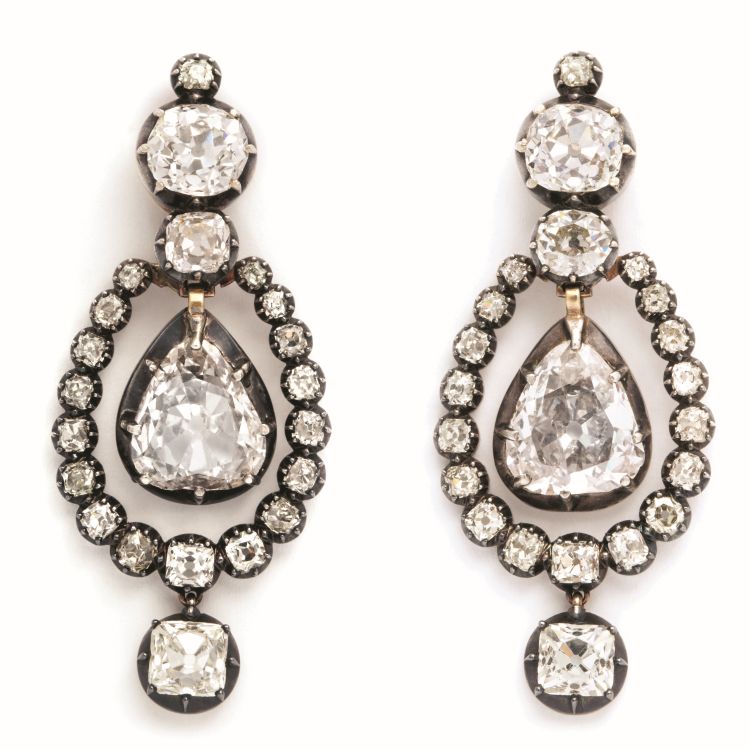
IN A NUTSHELL
Here are the five key takeaways Beth Bernstein hopes readers will get from her book:
● It’s okay not to immediately know what your taste or collecting style is. Sometimes you need to try on one style, and then it can change.
● Even the most knowledgeable of jewelry historians and dealers/shop owners make mistakes when it comes to authenticity and reproductions. Don’t beat yourself up if you make one; instead, learn how to avoid making it — or others — again in the future.
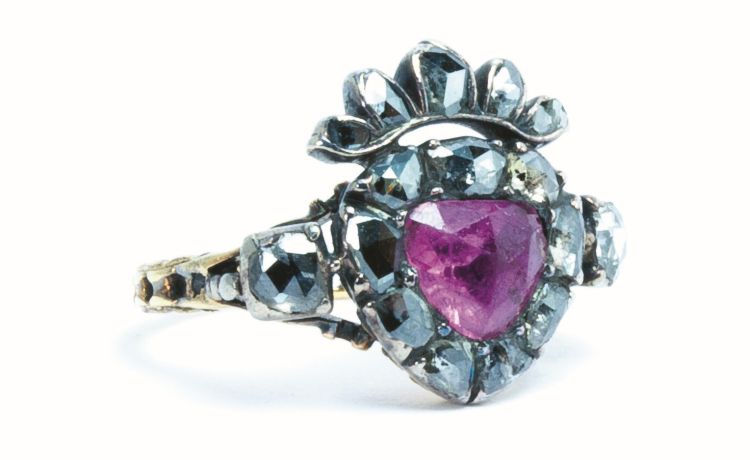
● An antique show or fair sounds like fun, but it can be overwhelming even for the consummate collector. Have a plan, do some research on dealers you might want to see prior to the show, set goals, and ask questions.
● Buy jewelry to wear, not to lock away in a safe or safety deposit box, unless you are a purely historical collector amassing a collection for art’s sake. Jewelry is meant to be worn and to bring you joy when you wear it. Obviously, certain early pieces cannot be worn every day or in every situation, but you can wear them for special occasions.
● Mix antique and modern. There are no rules to how you should wear your jewelry. It makes sense to create a style that reflects you. The beauty of antique jewelry is that it has a past, but you are purchasing it and wearing it in the present and handing it down to your future generations, which means it will continue to have an enduring presence, and the history of it will continue on.

Main image: Rivière necklaces from the 19th century in amethyst, garnet and pink topaz. Photo: Fred Leighton.

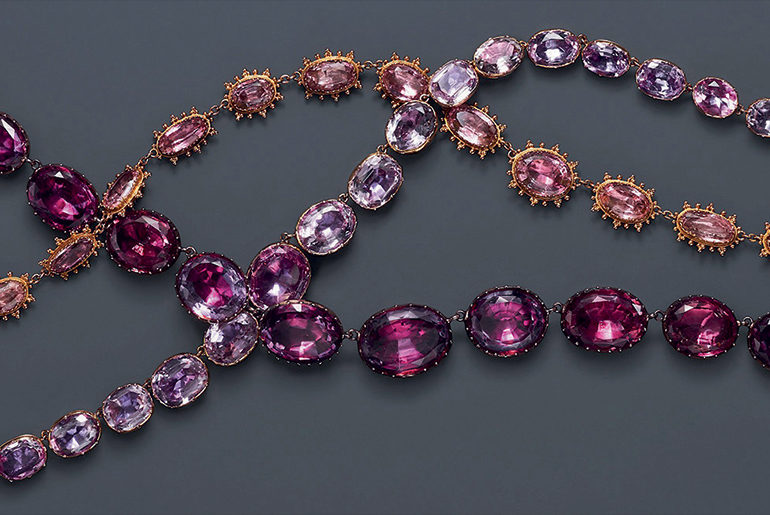
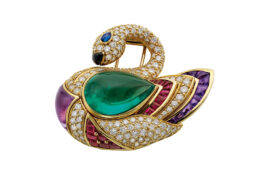
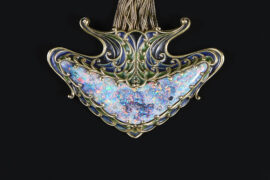
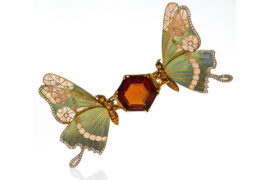
8 Comments
I was pretty pleased to discover this great site. I need to to thank you for your time for this particularly fantastic read!! I definitely appreciated every part of it and I have you book marked to see new stuff on your blog
Wonderful web site. Plenty of useful information here. I am sending it to a few friends ans also sharing in delicious. And obviously, thanks for your effort!
With havin so much written content do you ever run into any issues of plagorism or copyright infringement? My blog has a lot of exclusive content I’ve either authored myself or outsourced but it looks like a lot of it is popping it up all over the web without my authorization. Do you know any methods to help stop content from being ripped off? I’d genuinely appreciate it.
I’m very happy to read this. This is the kind of manual that needs to be given and not the random misinformation that is at the other blogs. Appreciate your sharing this best doc.
Hey very cool site!! Man .. Beautiful .. Amazing .. I will bookmark your web site and take the feeds also…I am happy to find numerous useful info here in the post, we need develop more techniques in this regard, thanks for sharing. . . . . .
F*ckin’ remarkable issues here. I am very glad to peer your article. Thank you a lot and i am looking forward to contact you. Will you kindly drop me a e-mail?
When I originally commented I clicked the -Notify me when new comments are added- checkbox and now each time a comment is added I get four emails with the same comment. Is there any way you can remove me from that service? Thanks!
Very interesting subject, thanks for putting up.